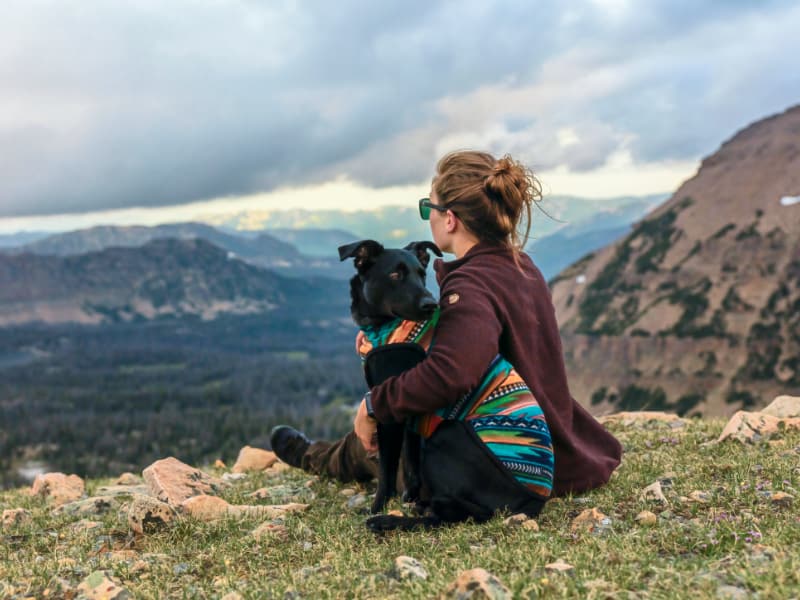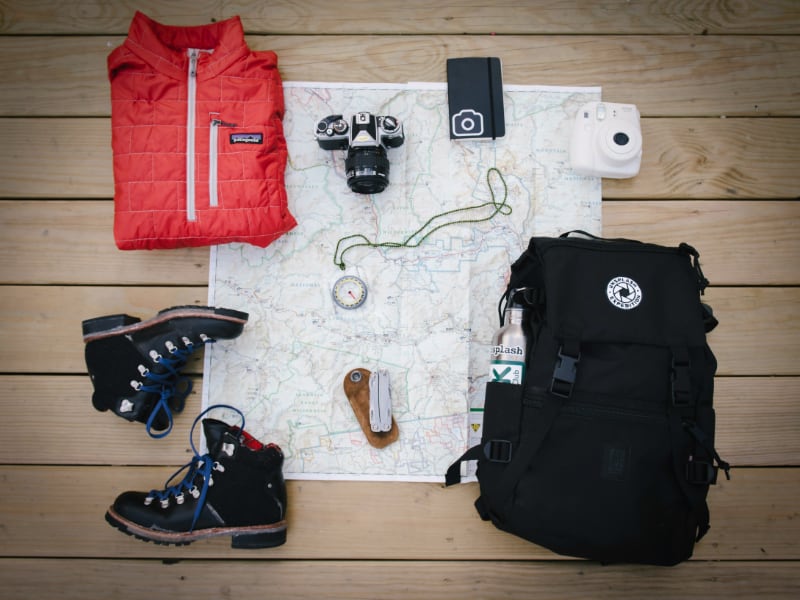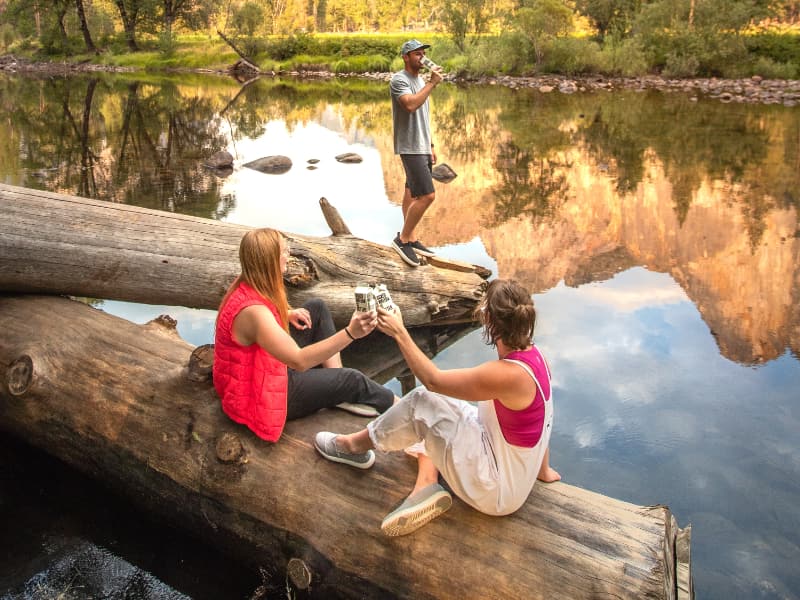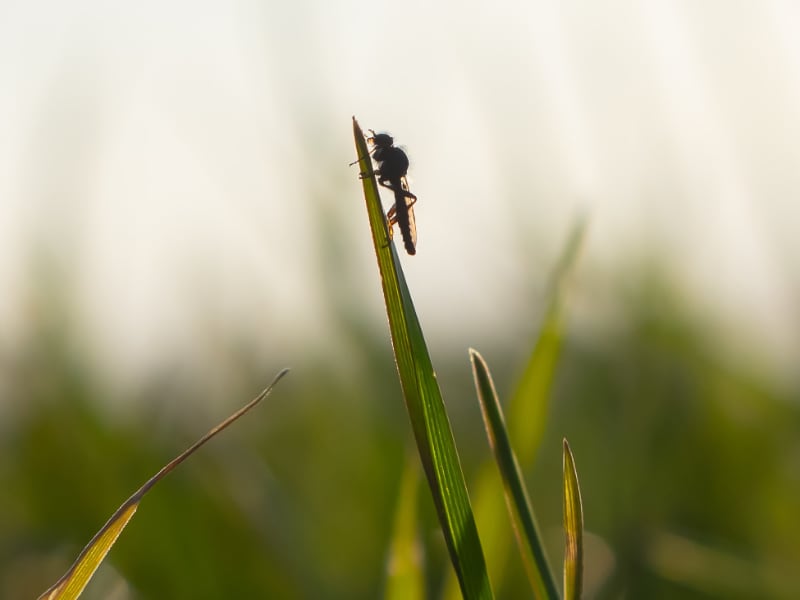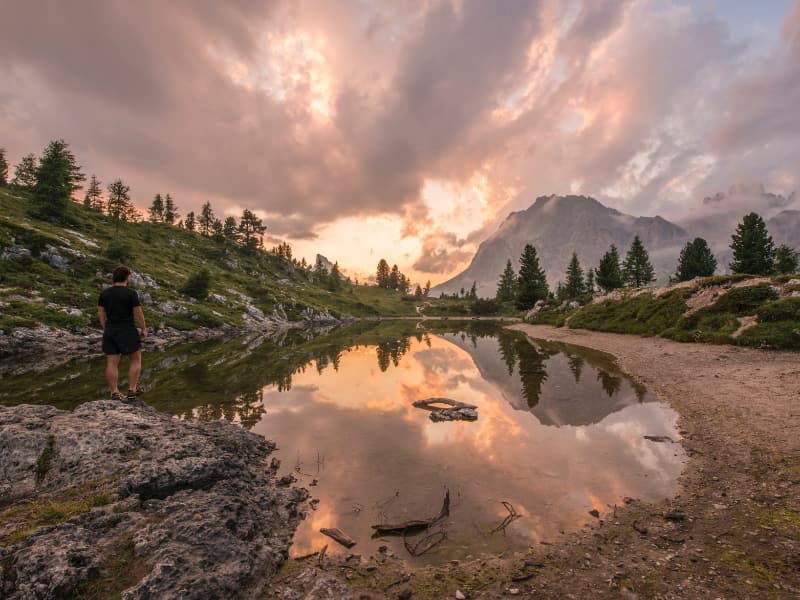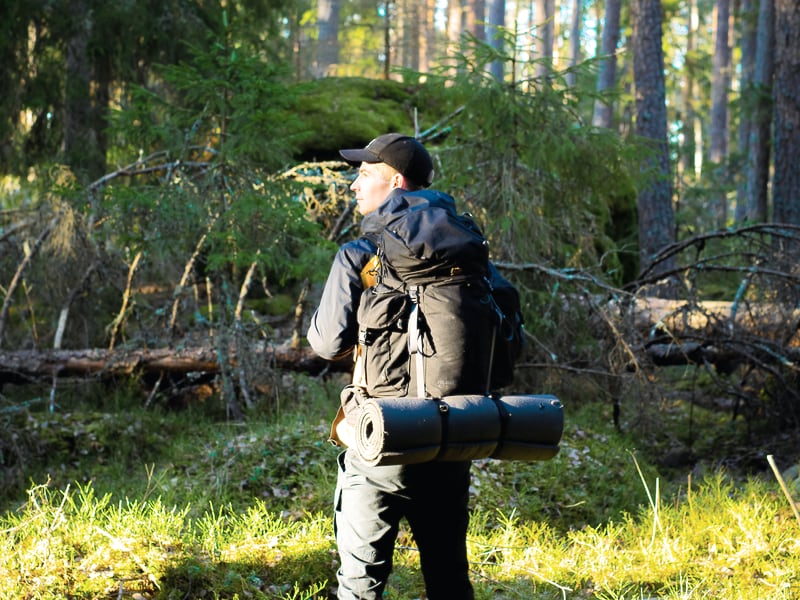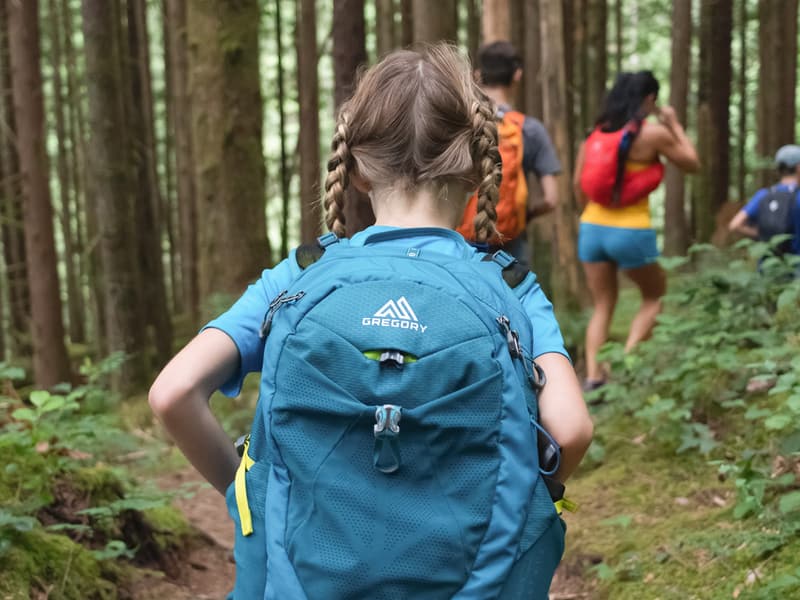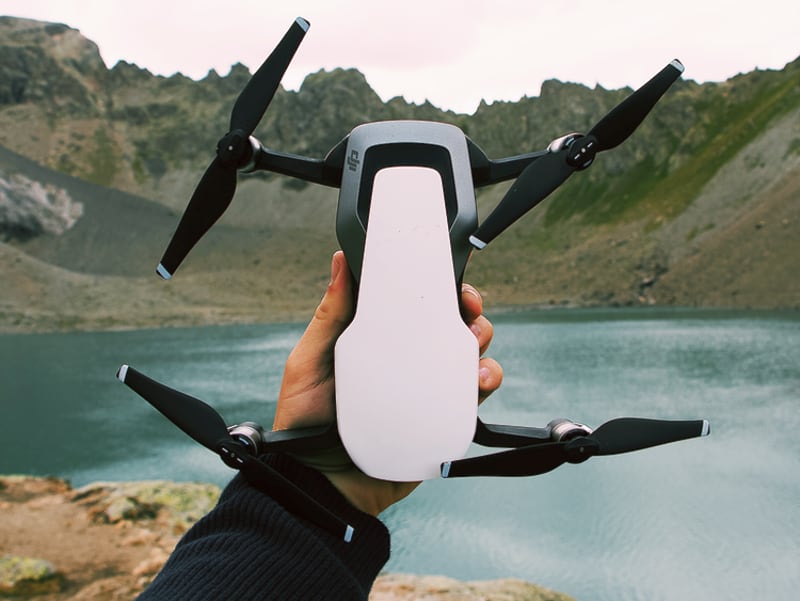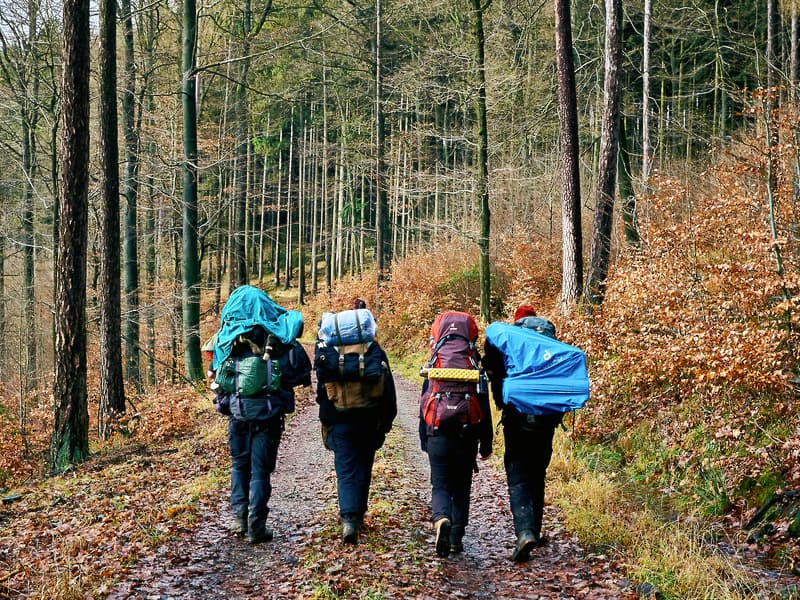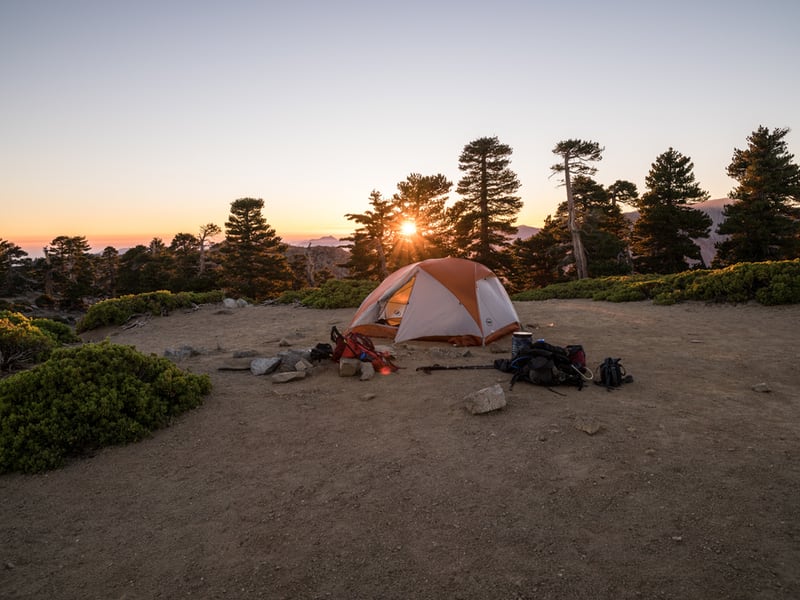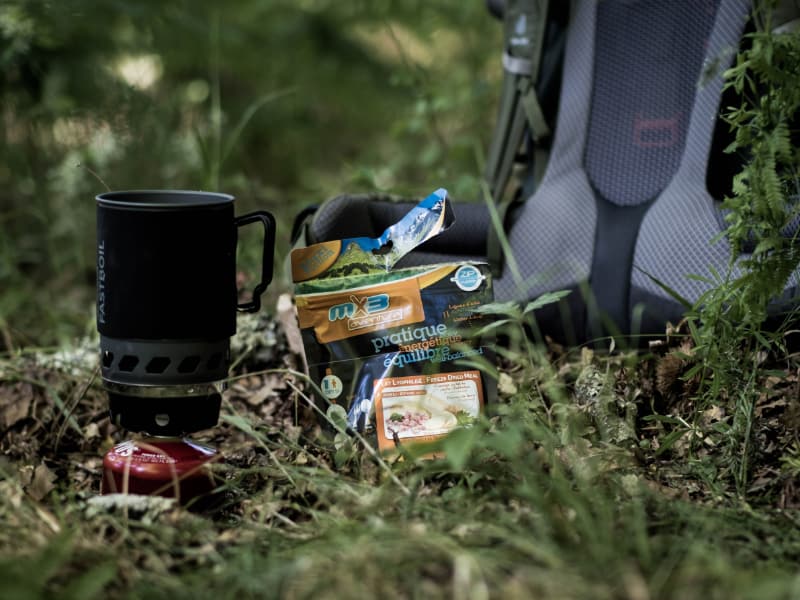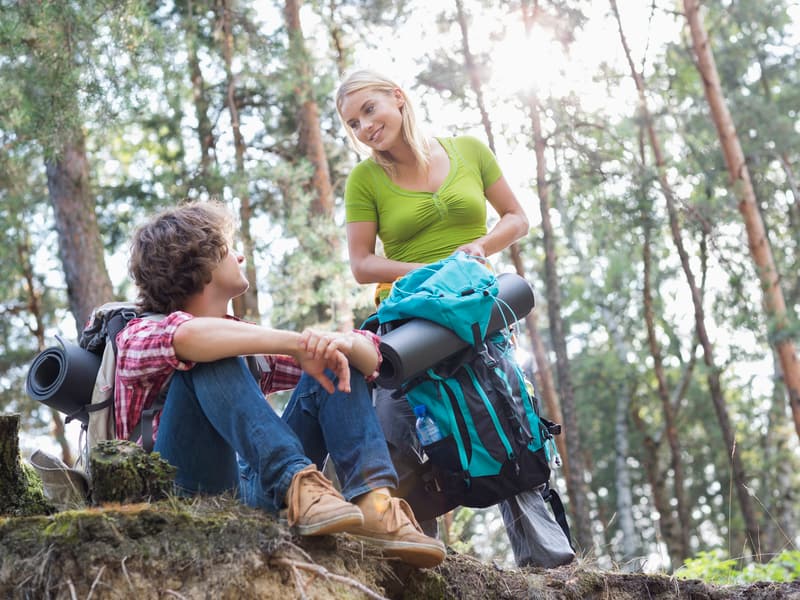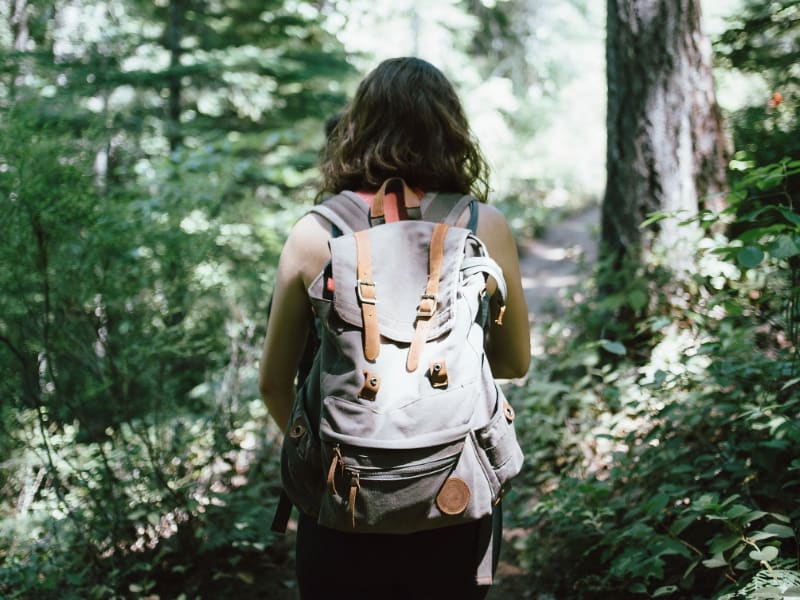Hiking trips can be memorable and incredibly meaningful, helping you gain a new appreciation for the natural world. Have you ever wondered how to increase the impact of each excursion? Citizen science could be the answer. Its defining principle is that anyone can assist with scientific research, even without formal training.
Professionals lead many citizen science projects in the U.K. and elsewhere, benefitting from the collective contributions of many committed and enthusiastic individuals. The seemingly simple act of setting out on a hiking trail could turn into citizen science opportunities that empower you and provide more purpose.
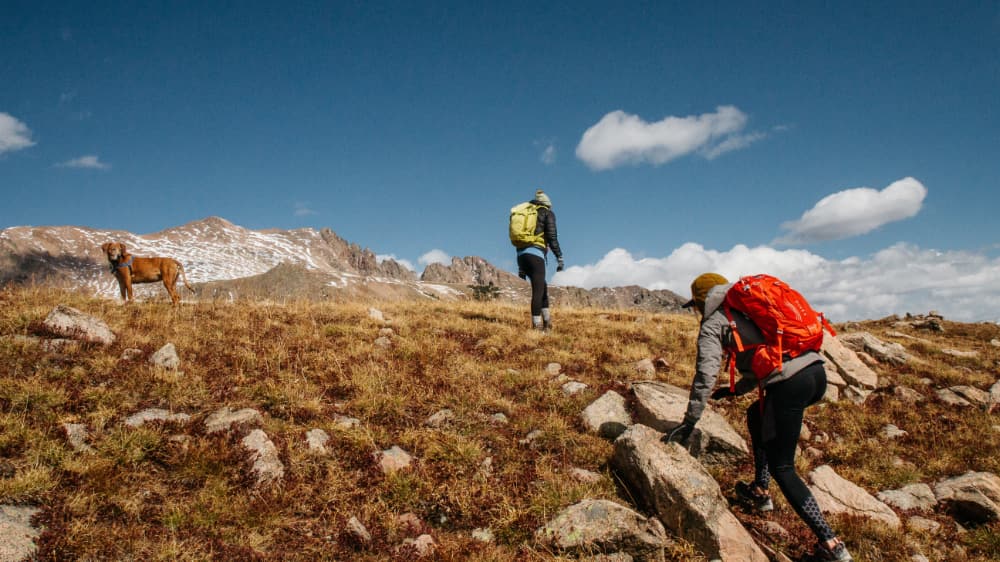
Participate in a Soil Collection Project
Soil samples tell scientists about specific locations’ physical and chemical characteristics and help them study biodiversity. In one case, citizen scientists supported discoveries associated with Scotland’s Munros, which are mountains at least 3,000 feet high.
A three-month project tasked volunteers with collecting hundreds of soil samples from most of the 58 Munros in Cairngorms National Park. Once professionals pulled and sequenced DNA from the dirt, they created 17,462 records of more than 2,700 fungal species. This work even found two species not previously identified in the U.K.
Many hikers took part with their hillwalking groups, bringing a sense of community to the project. Although this effort has all the necessary participants, think about finding a similar initiative that can get you more familiar with the ground under your feet.
Combine Hiking and Activism
Citizen science reduces barriers and encourages people to come together over causes that matter. Ponder something you’d like to improve or monitor in your community, then aim to create or support a citizen science project that encourages others to take notice. Many people are doing that to improve water quality in their areas.
The River Dee was once popular with swimmers. However, sewage discharge into the waterway occurred for 2,000 hours in 2021, leaving some residents less eager to choose it as a swimming hole. Citizen scientists take daily samples at three sites to track how the water quality changes. If there’s a body of water near your favourite hiking trails, maybe you could do the same.
It’s even better to do this work with professional oversight. Experts know how proper sample management affects quality and safety and can offer tips for consistent results. One goal of a £7-million initiative that asks citizen scientists to collect samples from 10 catchments in England and Wales is to standardise the processes used. Scientists will analyse the participants’ submissions, along with sensor data, with the compiled information imported into a visualisation platform.
Gifford Pinchot helped found the U.S. Forest Service in the early 1900s. He believed conservation is about bringing the greatest good to as many people for the longest time. If you have similar aspirations, there are plenty of exciting ways to become an activism-minded hiker while pursuing citizen science.
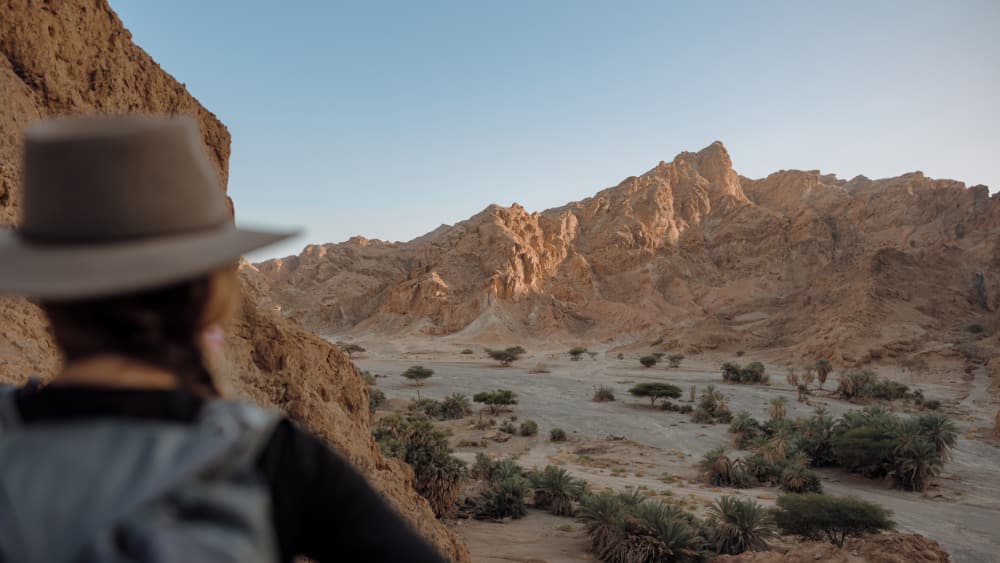
Log the Plants and Wildlife You Notice
A wonderful thing about hiking is that every experience provides opportunities to see new things or perceive familiar things differently than you have before. Even people who trek along the same trails dozens of times typically find each excursion has different aspects than the last.
Think about capitalising upon that reality by finding a citizen science project that requires keeping a record of things you see. In the U.S., New York’s Up Yonda farm makes wildlife spotting accessible by hosting hikes where participants track their findings with a dedicated app.
Citizen scientists can record research-grade observations by including dates, times and locations with each submitted photograph. However, you can also take a less formal approach by choosing a relevant app and using it to monitor how your surroundings change. How does weather or seasonality impact them? Sharpening your perceptions helps build skills to support future science initiatives.
In 2022, the U.K.’s Woodland Trust volunteers contributed 276,000 hours to citizen science projects. You can take part, too, by helping conservationists understand more about how wildlife fluctuates throughout the year or recording your sightings of ancient trees. Then, each hike goes beyond your enjoyment and assists scientists with their all-important work.

Explore Citizen Science Today
Many people grew up learning that science is solely a realm for professionals with years of training. The citizen science movement proves anyone can get involved. Being an outdoor enthusiast puts you in an excellent position to explore nearby programs or those occurring online.

